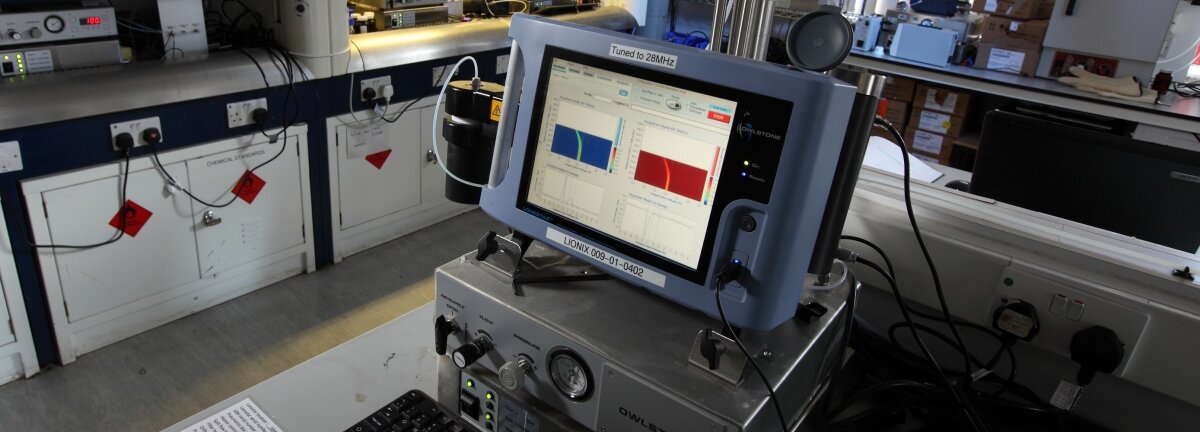The science of design: promoting growth in science and innovation

Money alone cannot help the UK’s technology sector to prosper – the real answer lies in design-led thinking.
At last month’s London Technology Week, technology entrepreneur Hermann Hauser brought up the old adage that ‘it gets invented in the UK, and exploited in the US.’ He added that, although the UK is getting better at using its weight of influence in the science and tech sectors, ‘more must be done’. Vince Cable’s call last week for more government funding in the technology sector in order to unshackle private investment is encouraging, but money alone will not solve the problem of translating complex research ideas into profitable applications. We believe that the real answer lies in design-led thinking.
One of our main objectives at the Design Council is to help the UK's great technological minds to commercialise their ideas. What that means to us is, at early stages of development, inventors must think of the end-user. This means using the tools of the designer: visualising ideas, prototyping and user-testing. This not only validates the idea, but invariably gives real clarity around use and application. This is design-led thinking.
If creativity is the generation of new ideas, innovation is the successful exploitation of those ideas. Critically, it's design that binds the two together. It shapes ideas to make practical, realistic and attractive propositions.
There’s nowhere that this is more apparent than in our work with universities and with science and tech teams at pre start-up and start-up stage. Over the last twelve years our business growth services have helped companies to determine, develop and de-risk concepts in more than 100 early-stage science and tech projects.
We help research teams to better explore market opportunities and practical applications for research by bringing in the end-user perspective. Be it at the very beginning of the journey when defining the application of an idea or, post-development, when identifying customers. We work to help teams develop the route from research to market implementation that will most benefit these users, and make the biggest impact with potential investors.
Our university alumni include Exeter, Cambridge, Newcastle and Bristol. We worked with the Technology Transfer Office at the University of Nottingham on its Heartlight project, which offered a new way to measure a person’s heartbeat using a small, unobtrusive, light-based device. As a direct result of our workshop, 45 ways to commercialise the technology were identified and a total of £375,000 of investment was secured. More recently, the Oxford University Innovation team launched the Flare cooking pan with their commercial partners Lakeland. We helped the team at an early stage to communicate their ideas more effectively which led them onto success.
Owlstone came to us in 2006 with some incredible, ground-breaking technology. What they didn’t have was the know-how to take it to market. Now, eight years on they are making full use of a user-led product development approach and are at the cutting edge of micro- and nano-fabrication techniques. The company has attracted more than £15m in investment and is in the process of developing a device that will provide a fast and early diagnosis of colon cancer by ‘smelling’ a cancer patient’s urine – a stunning example of how innovative design can make people’s lives better.
At its core, that is what the Design Council is all about - improving lives through design. Now as we approach our 70th birthday it's more important than ever that we continue to innovate, we continue to create, and we continue to champion the glue that binds the two together: design. It’s that vision that will enable the UK to compete on a global scale.
Subscribe to our newsletter
Want to keep up with the latest from the Design Council?
